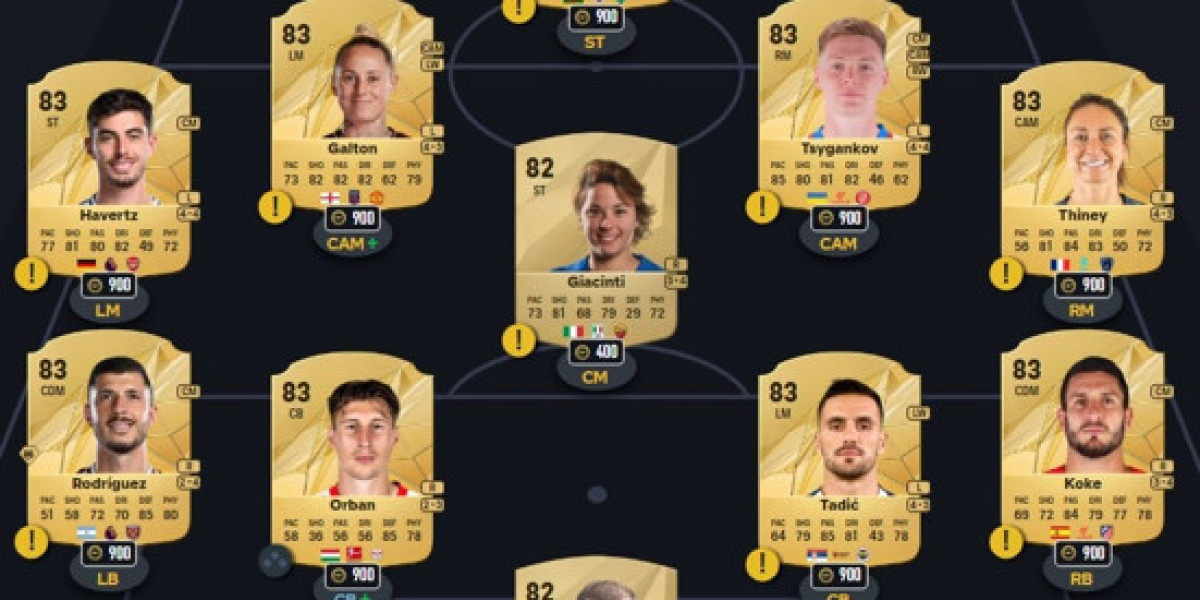Flat notes are the bane of many singers’ progress. You might know the melody and hit every note in rehearsal, only to go slightly flat when it counts. It’s frustrating and discouraging, especially when you can’t figure out what’s causing the issue. The culprit might not be your ear or vocal strength, but something surprisingly overlooked: your sense of rhythm.
That’s right pitch and rhythm are closely connected, and more vocal coaches are now using rhythm-paced drills to help singers improve both. These exercises are built around timing, helping you place each note more accurately so your pitch doesn’t wander off course.
Why Pitch Problems Happen Even When You Know the Notes
Pitch accuracy relies on a combination of things: vocal technique, breath control, ear training, and muscle memory. But even if you check all those boxes, flat notes can still creep in. That’s often because timing gets ignored. If you’re late to a note or come in unevenly, it can cause slight pitch dips that derail your sound.
This is especially true when singing with accompaniment or live bands. Being even a fraction of a beat behind can cause you to sing flat, even if the pitch itself is correct in isolation.
The Rhythm-Pitch Connection in the Brain
Recent research in music education and neuroscience shows that rhythm and pitch are processed together. Your brain coordinates timing and tone through systems that include the auditory cortex, motor cortex, and cerebellum. When these systems are trained to work in sync, pitch accuracy improves naturally.
Rhythm-paced drills strengthen this coordination. By focusing on timing not just note-matching you create a more stable foundation for pitch control. Over time, singers develop stronger muscle memory and mental clarity when it comes to landing each note.
How These Drills Work
Most rhythm-based exercises involve singing scales, arpeggios, or simple phrases over a metronome or beat. For example:
One note per beat for a full octave scale
Triplets on vowel sounds
Five-note patterns across four beats
The repetition builds consistency. You’re not only practicing the notes, you’re learning when and how to place them. That extra precision helps singers avoid sliding into flatness, especially in faster or more rhythmically complex songs.
A Training Tool That Works for All Levels
Whether you’re a beginner or a seasoned vocalist, rhythm-paced drills offer benefits. Beginners gain more confidence as they sing with a steady tempo instead of guessing when to start each note. Advanced singers find these drills help refine their timing in stylistic runs, transitions, and harmonies.
In fact, many singers who struggle with flat notes notice rapid improvement once they incorporate rhythm into their pitch practice. It’s like unlocking a new layer of vocal awareness.
Why It Matters on Stage
Live performance doesn’t wait. Whether you're singing solo or in an ensemble, pitch needs to be spot-on and in time. That’s a challenge when nerves, tempo shifts, and crowd energy all affect your focus.
Training with rhythm-paced drills prepares you to stay locked into the beat. That means you can trust your pitch even in high-pressure moments no more guessing, no more drifting flat in the middle of a big chorus.
Final Thoughts
Singing flat is not just a pitch problem. It’s often a timing issue in disguise. Rhythm-paced drills are proving to be one of the most effective tools for correcting flat notes and sharpening vocal accuracy. If you’ve been struggling with pitch despite your best efforts, rhythm might just be the link you’ve been missing.








